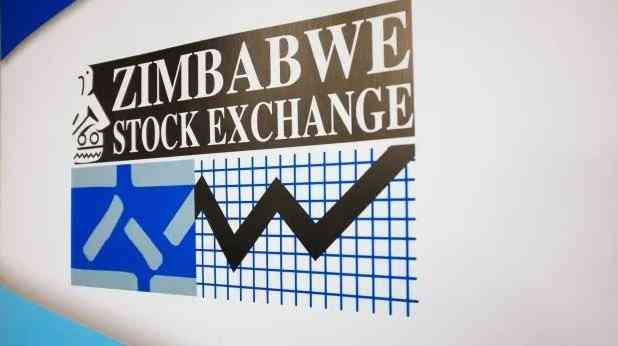
THE Confederation of Zimbabwe Industries (CZI) has raised concerns over foreign currency shortages in the country, warning that this scarcity poses a significant threat to exchange rate stability and inflation rates, putting the entire economy at risk.
Businesses in Zimbabwe are currently struggling to access foreign currency for retooling and recapitalisation through the banking system , forcing some to scale down and operate below capacity.
“While the official exchange rate is stable, the main challenge is for businesses to access foreign currency through the willing buyer willing seller platform for genuine import requirements,” CZI said in its June inflation and currency developments update.
“There is not enough foreign currency to meet the demand from business, as it is largely the foreign currency from the surrender requirements that is available for sale.
“There is largely one willing seller; the government, with several willing buyers.
“There is a need to create demand for the ZiG (Zimbabwe Gold), for example through the payment of taxes so that those holding USD (United States dollar) have to liquidate their USD positions to fulfil statutory obligations,” it noted.
The CZI said the current situation, where demand for USD remains unmet, threatens exchange rate stability.
It said the economy’s ability to create a stable market-clearing exchange rate, determined by the willing buyer willing seller platform, defined the inflation outlook.
- Mthuli Ncube abandons struggling consumers
- Fears of jobs carnage as crisis deepens
- Fresh warning over bank rate hikes
- In Conversation with Trevor: ‘Zim must invest in human capital’
Keep Reading
The industry body noted that inflation for the local currency in Zimbabwe largely mirrors the exchange rate.
The official exchange rate for ZiG depreciated by 1% on average between April and June 2024, from US$1:ZiG13,56 to US$1:ZiG13,7 by the end of June.
This depreciation in the local currency explains the movement of the inflation rate from -2,4% in May to 0,0% in June 2024.
This suggests that exchange rate management remains the primary means to control inflation.
“However, having inflation accelerating at 2,4 percentage points is not desirable and the hope is that this trend will not continue into July 2024,” CZI said.
Israel Murefu, former president of the Employers Confederation of Zimbabwe, told businessdigest that the foreign currency shortage issue needed to be addressed urgently.
“The supply of foreign currency needs to improve so that businesses that are looking for foreign currency can access that foreign currency,” he said.
“We need more foreign currency in the country. Banks can only lend the foreign currency that they have, which is limited.
“So, I do not think the supply of foreign currency is enough to satisfy all the business needs from a borrowing perspective. Even from a perspective where you have your local currency and you want to buy foreign currency, you do not have adequate foreign currency.
“So, I think we need to generate more foreign currency by exporting more. If we export more, we should be able to generate more foreign currency.
“We also get some foreign currency from remittances by people who are in the diaspora. But I think that again is limited. We need to get more foreign currency from exports,” Murefu added.
The CZI urged authorities to keep the inflation rate under check.
A look at the main drivers of inflation in June shows that the products that had inflationary pressures in May also imposed the same inflationary pressures in June 2024, except for motor vehicles and newspapers.
Electrical appliances for personal care had the highest level of inflation at 2% in the basket, with electricity still among the products with higher inflation.
Additionally, other products to note include newspapers and motor cars that moved from high inflation to lower inflation category.
On the other hand, products with the lowest inflation rates included photographic equipment, animal drawn vehicles, motorcycles, other personal effects, sugar, jam, honey, chocolate and confectionery.
The USD year-on-year inflation for the month of June 2024 increased to 3,8%, gaining 0,3 percentage points from the rate of 3,5% that was recorded in the month of May 2024, according to official data.
“The rise in the level of inflation in USD terms is generally not expected in a country that also has a local currency, as the USD is normally the stabilising currency,” CZI noted.
However, at 3,8% on an annual basis, CZI said the USD inflation was also still under control as it is at its lowest level in over two years.










